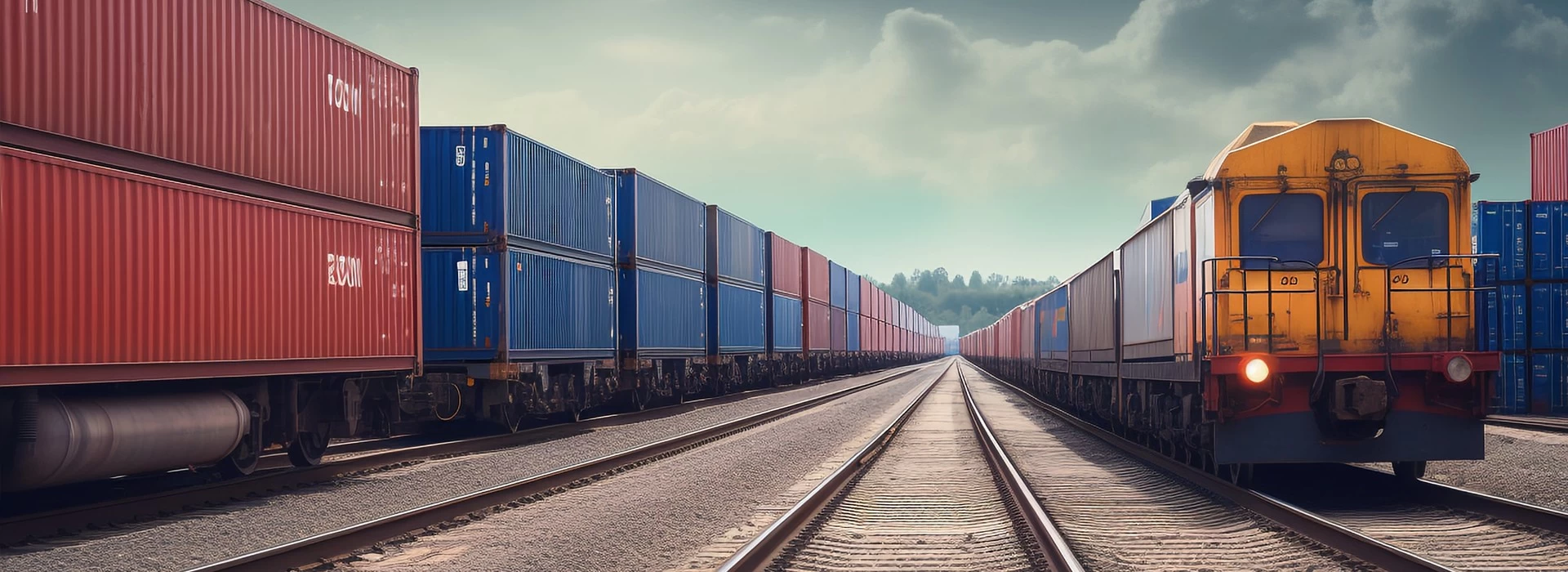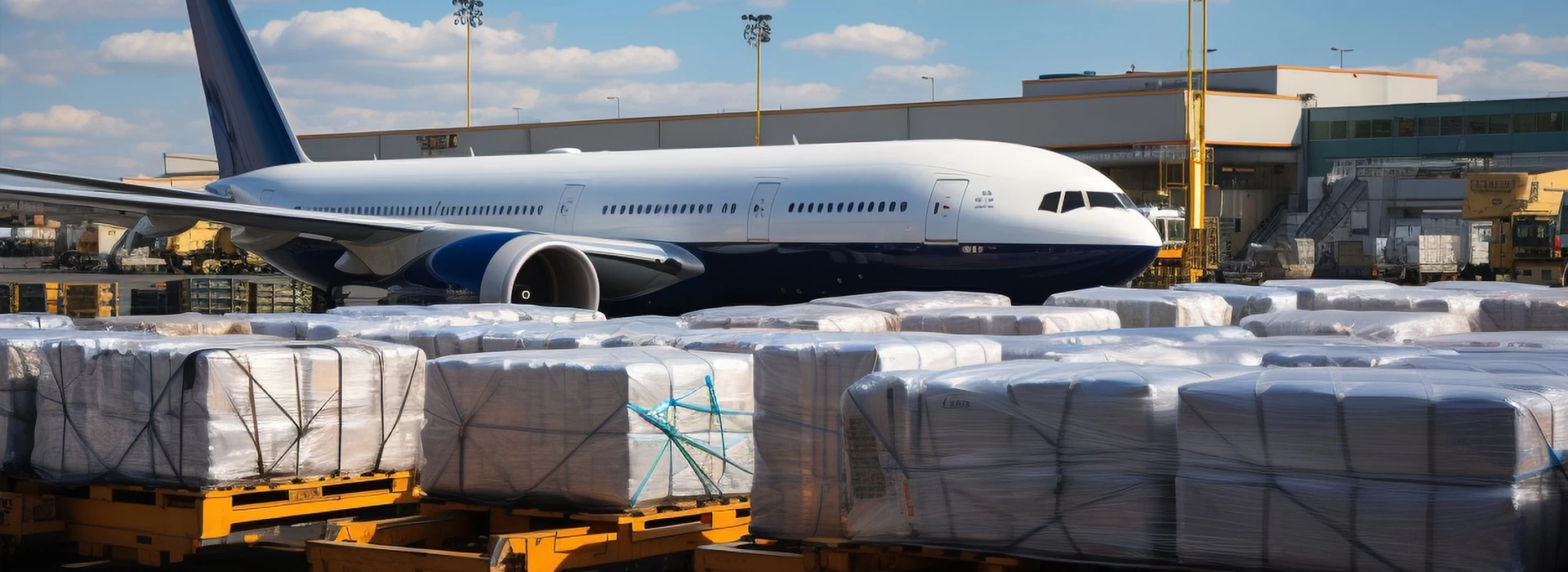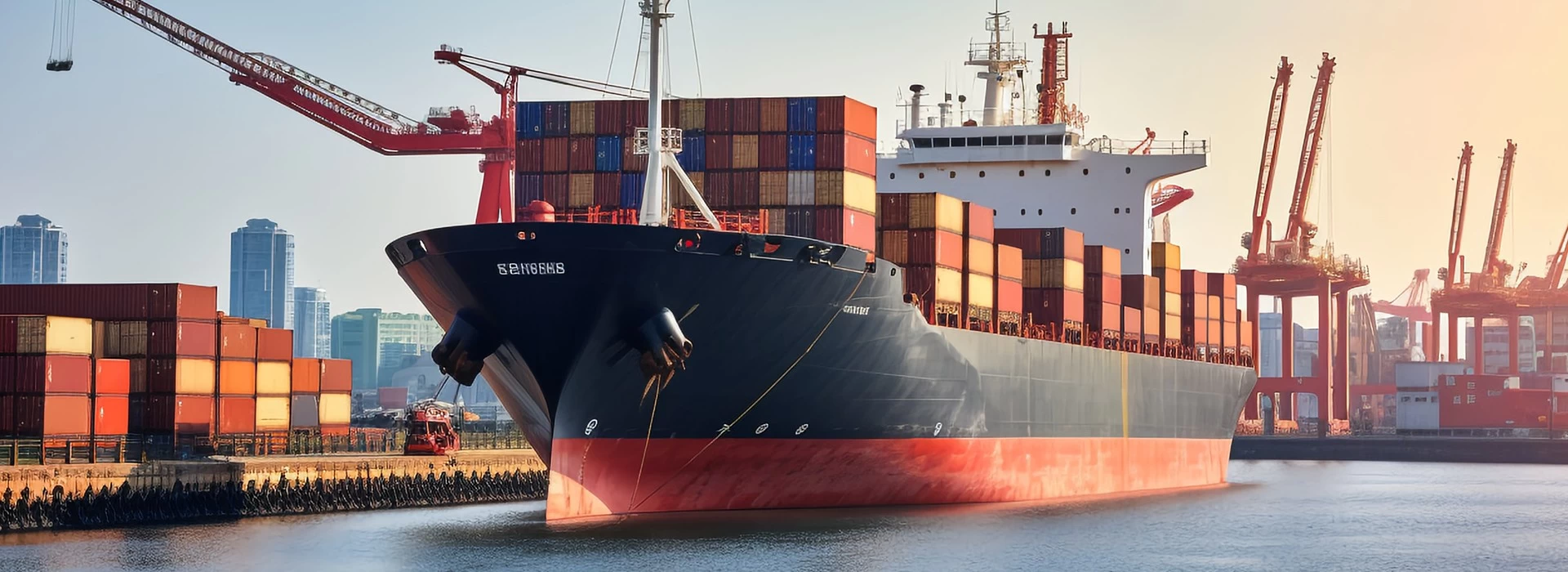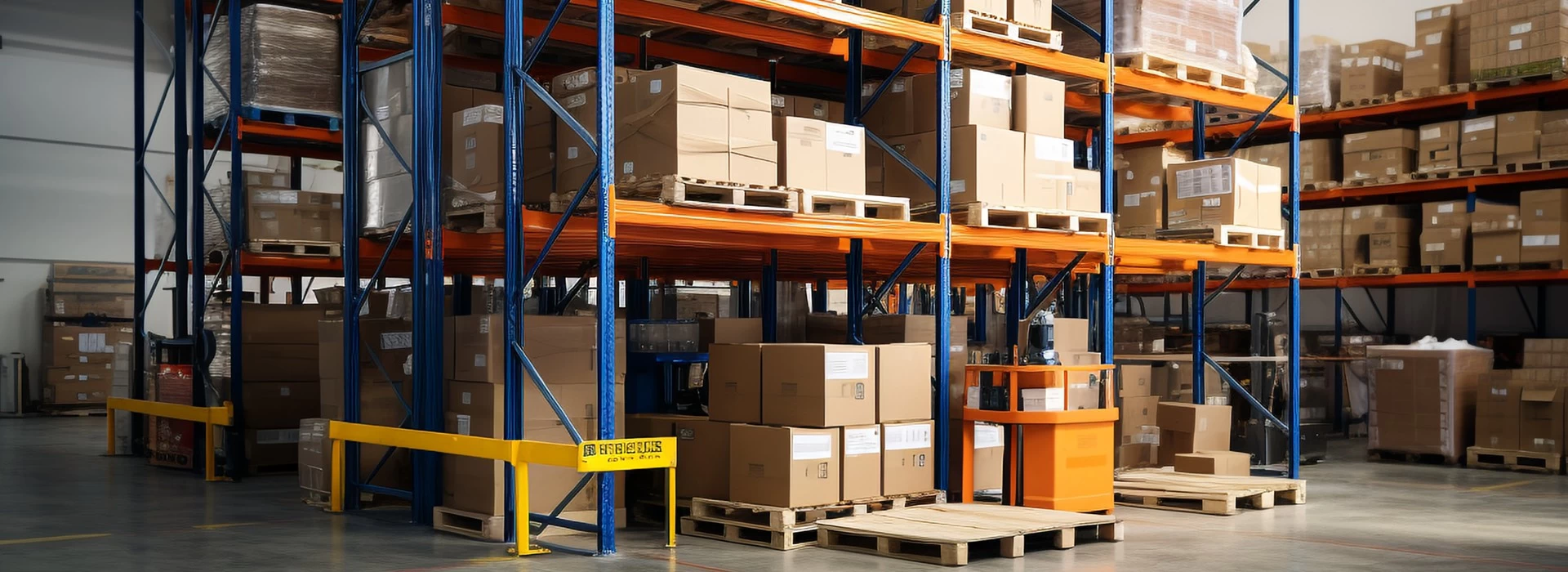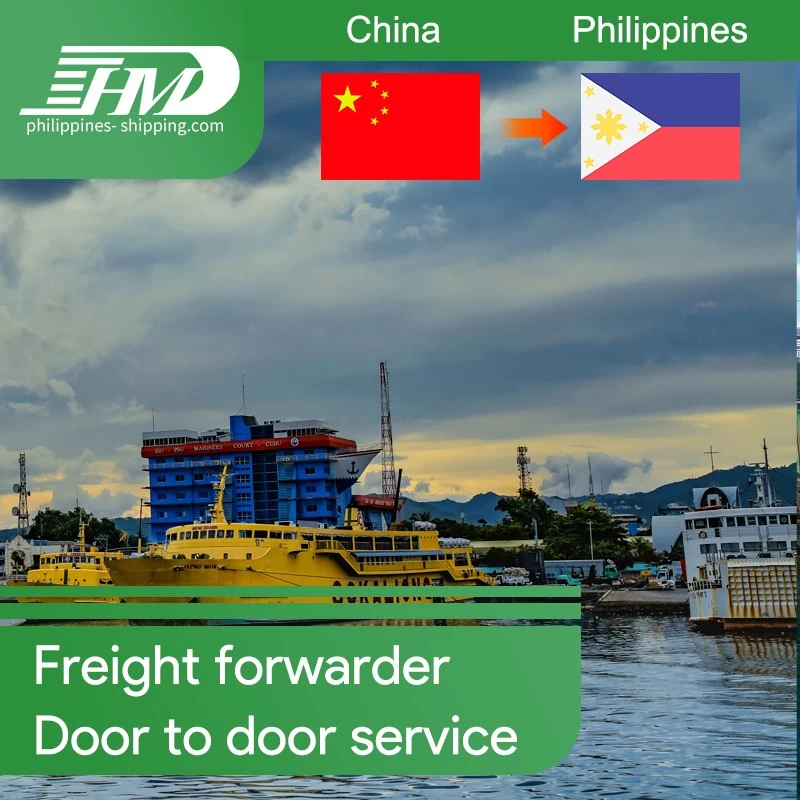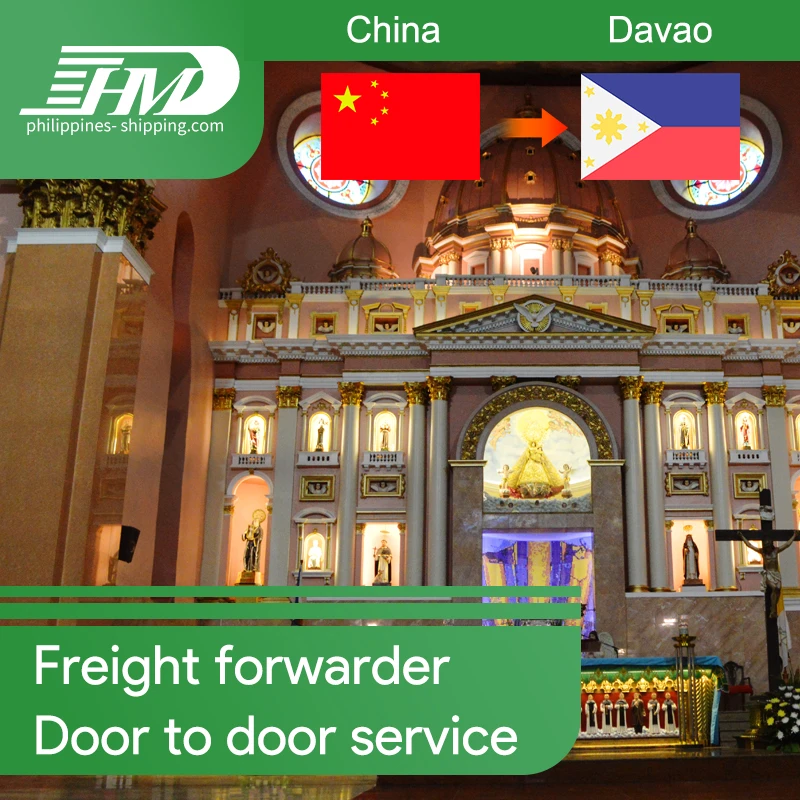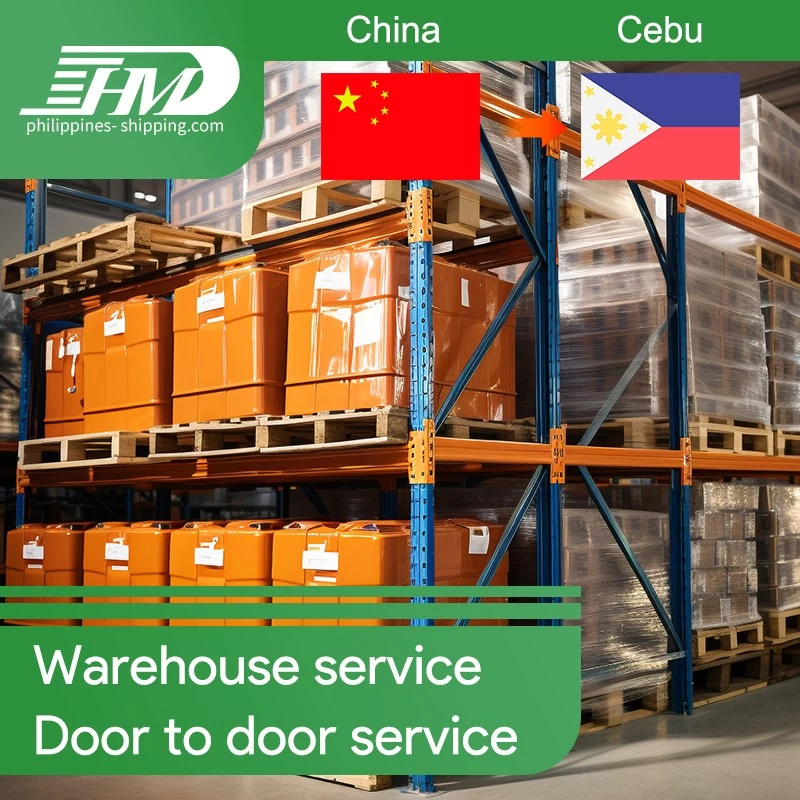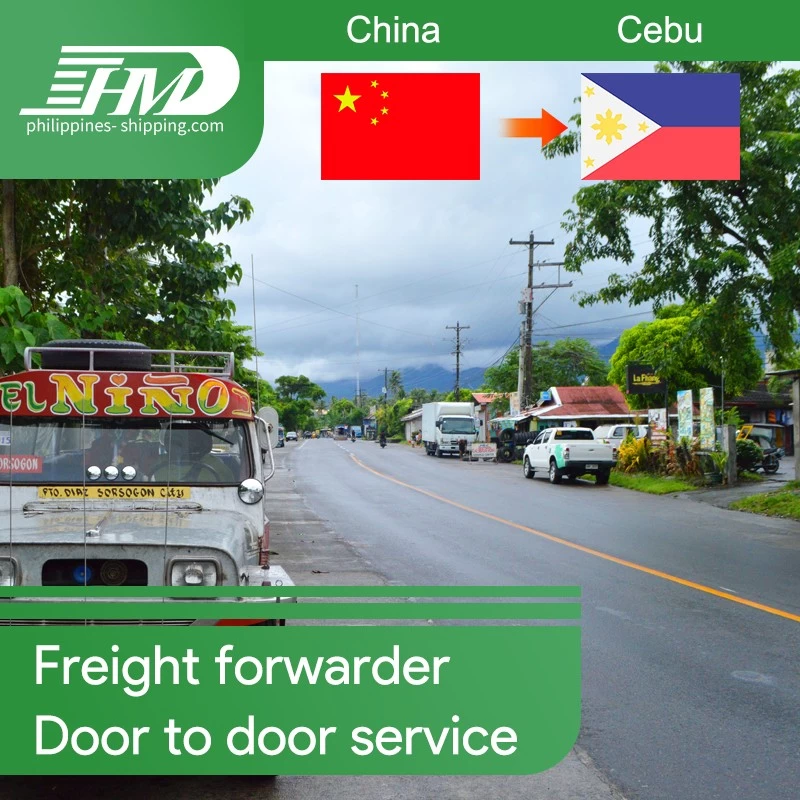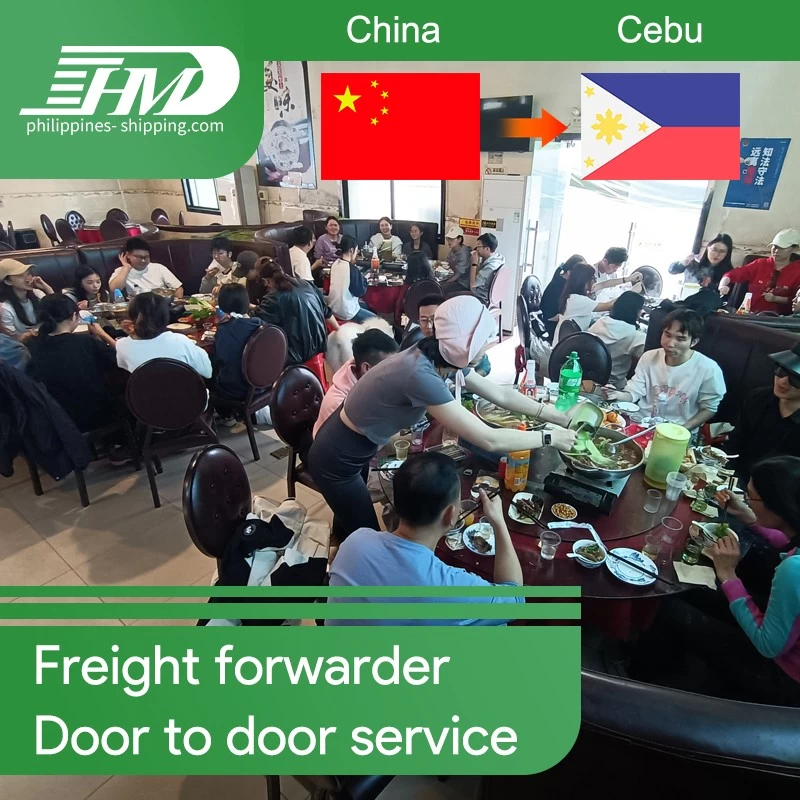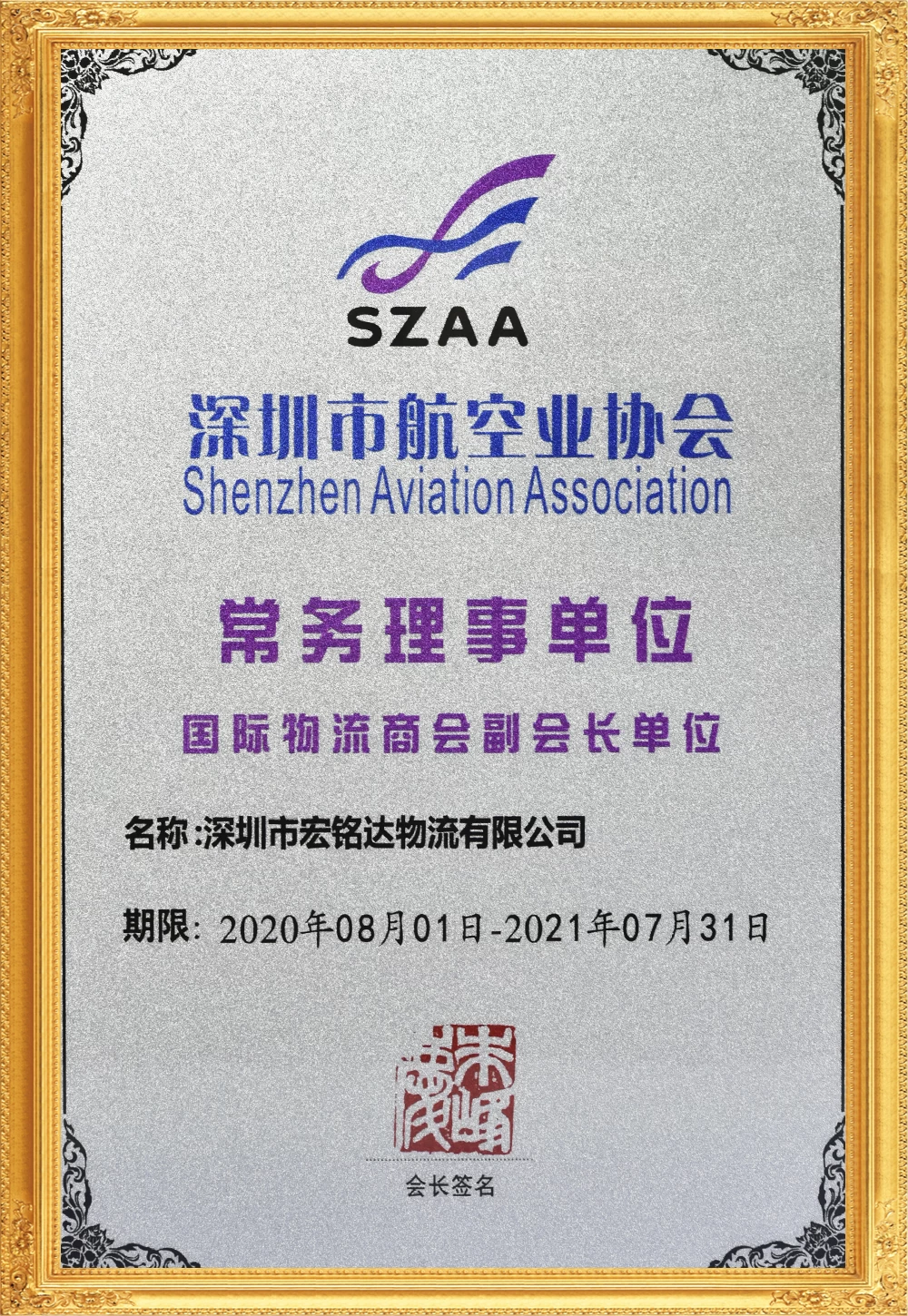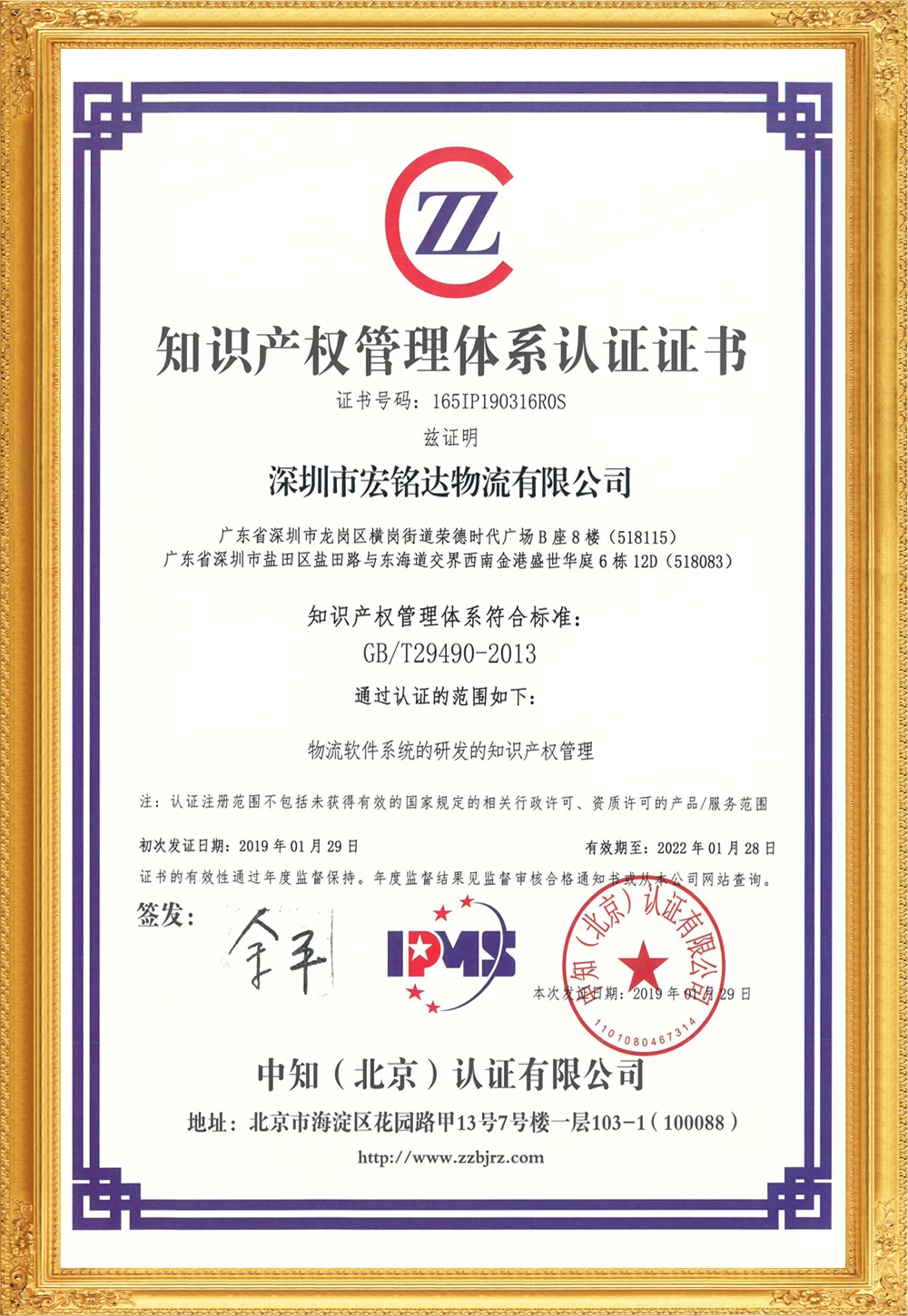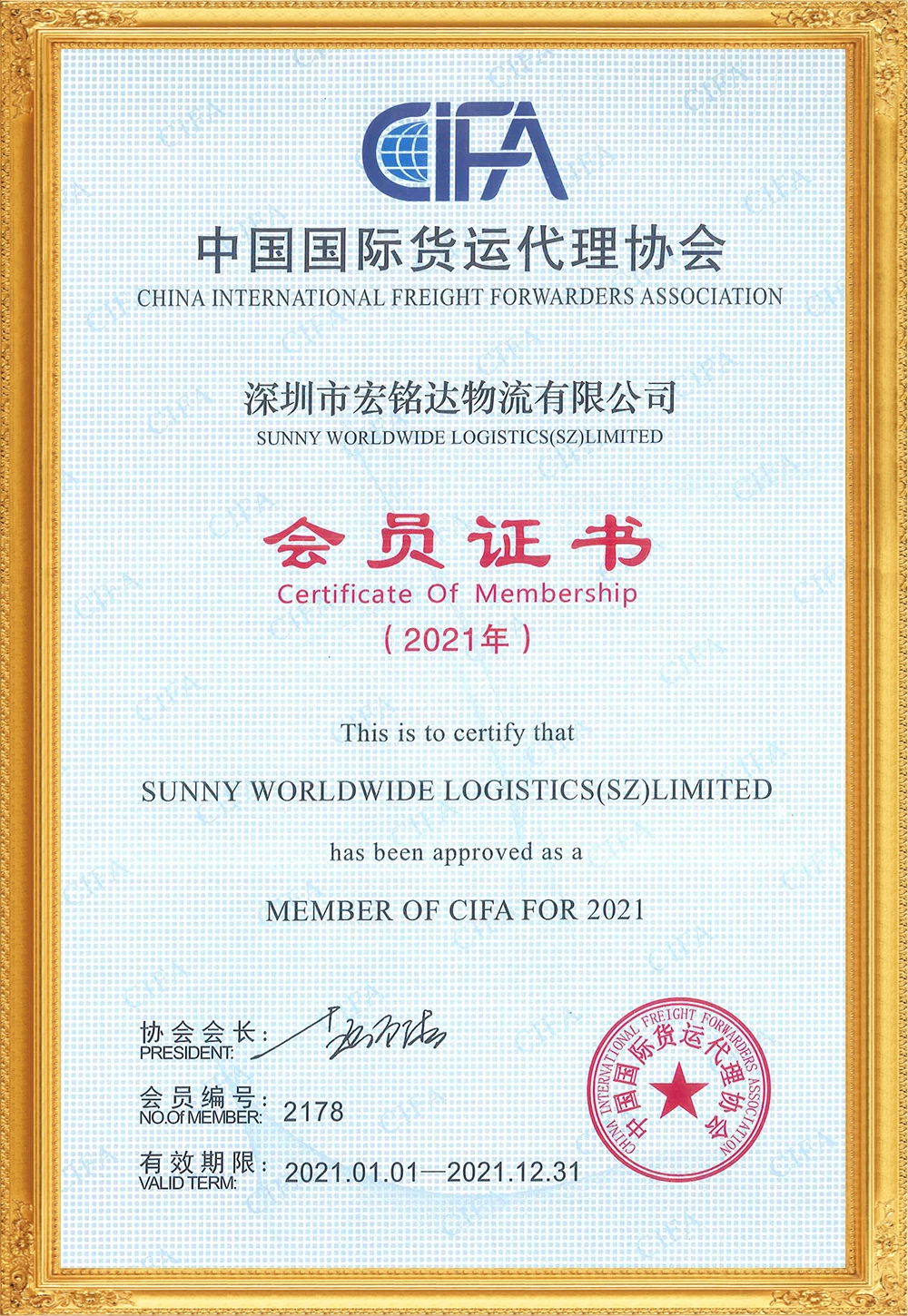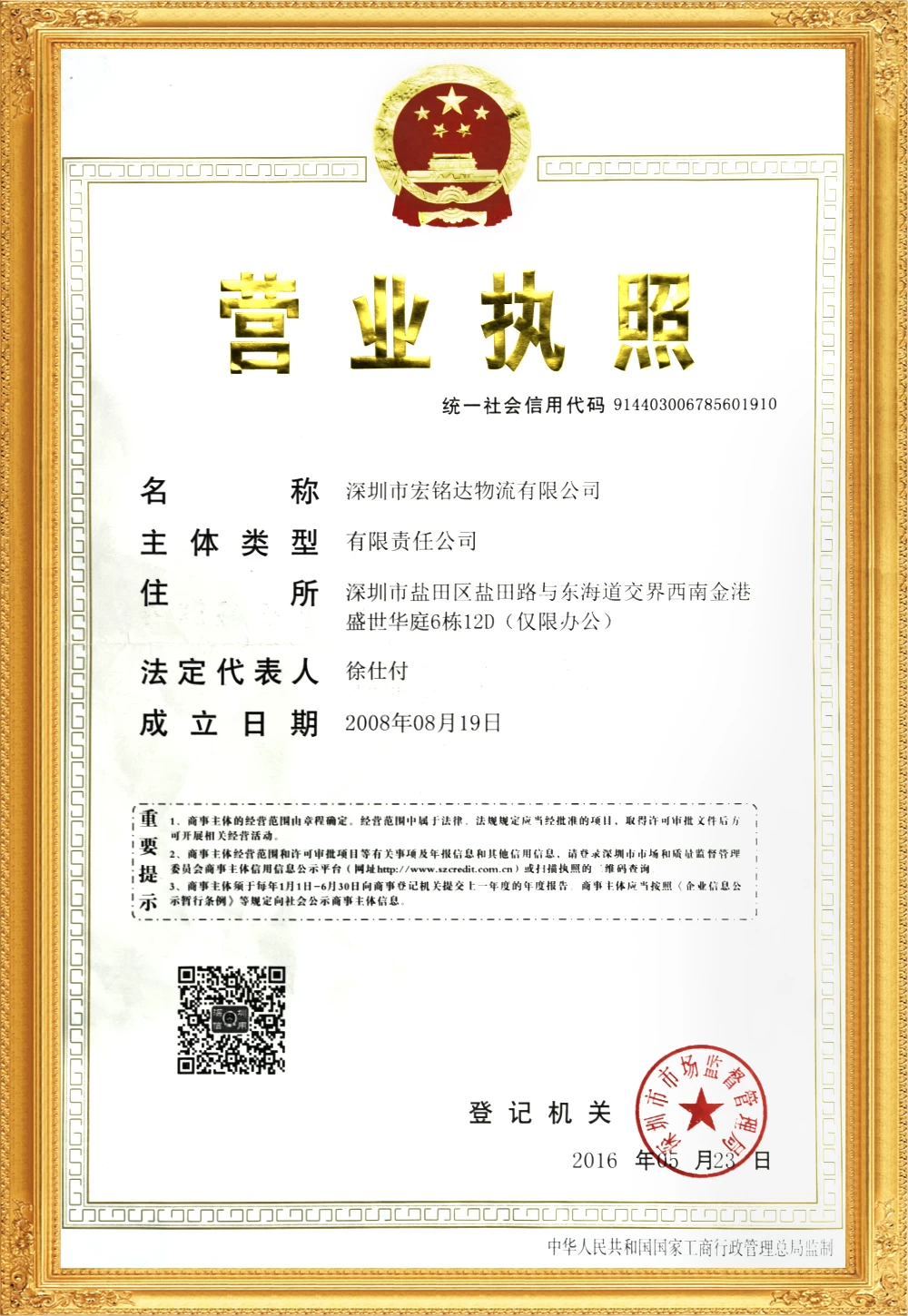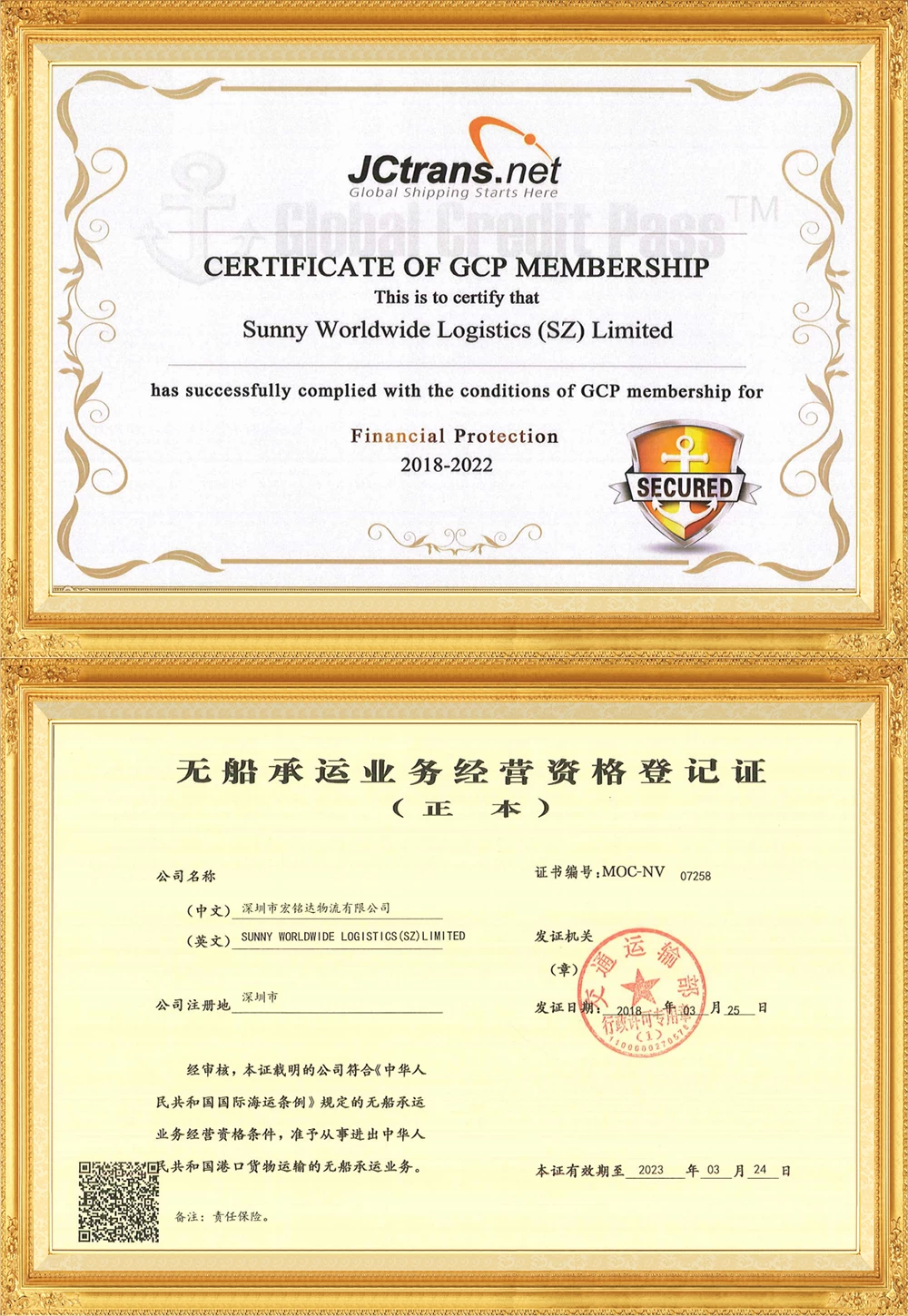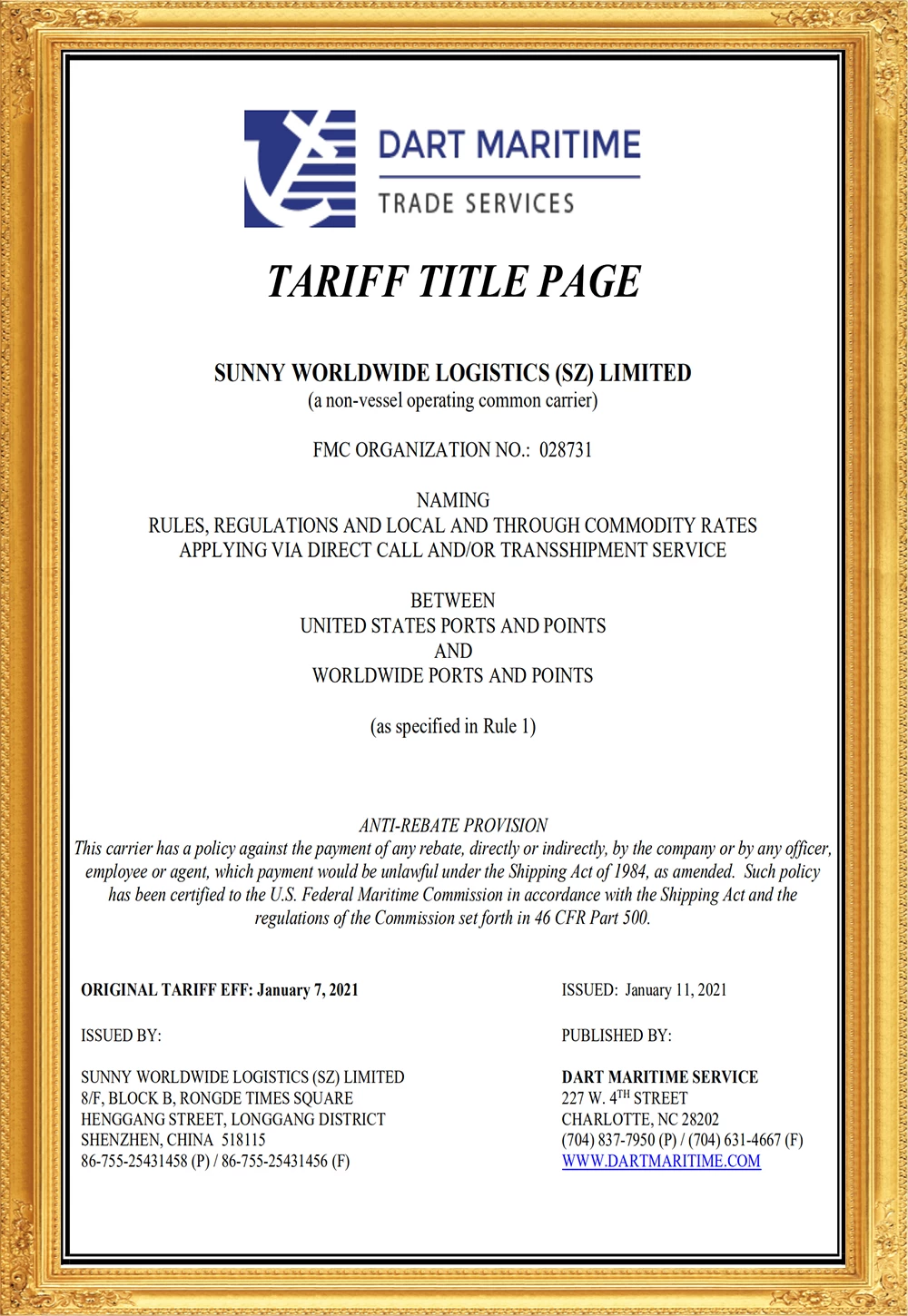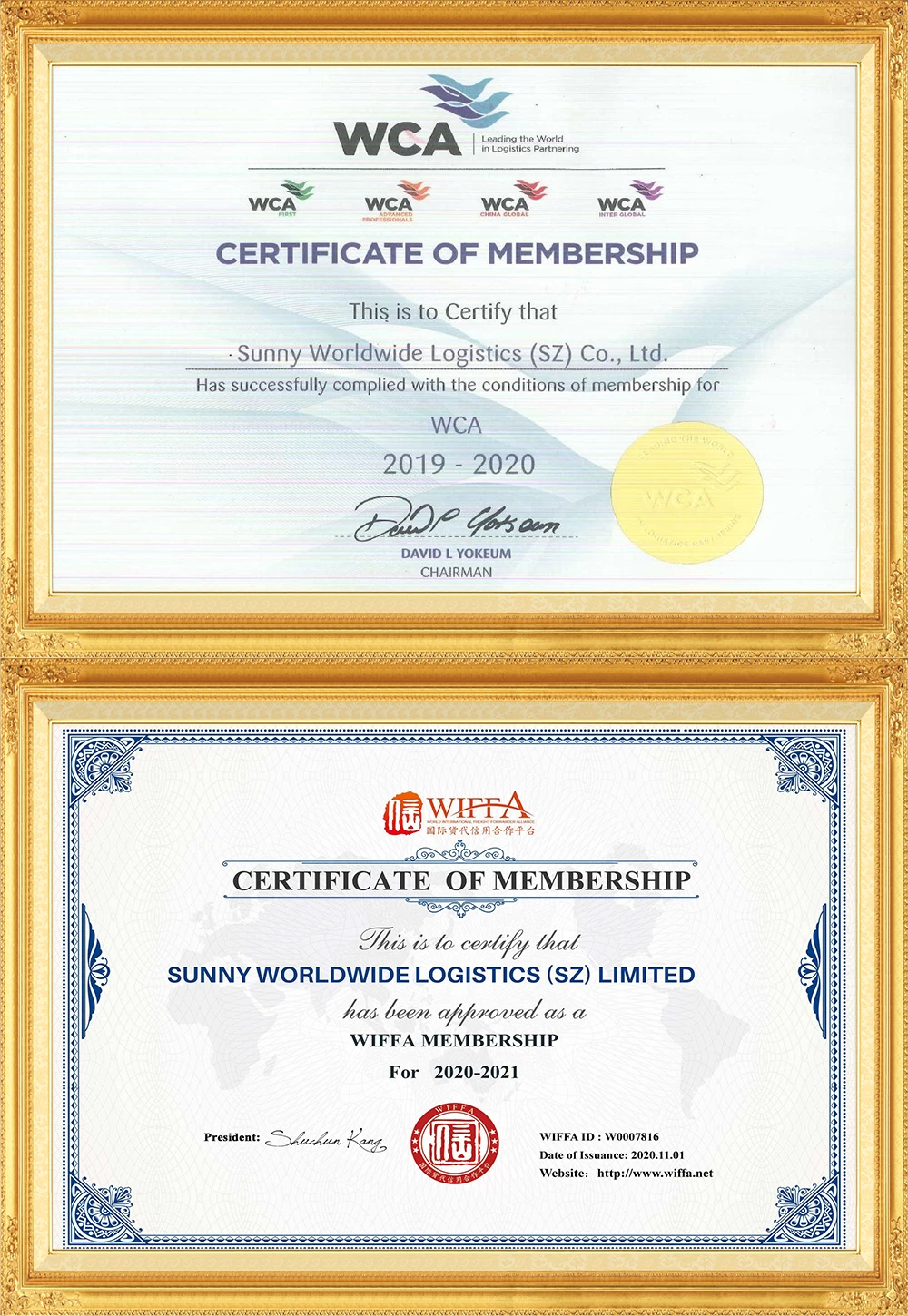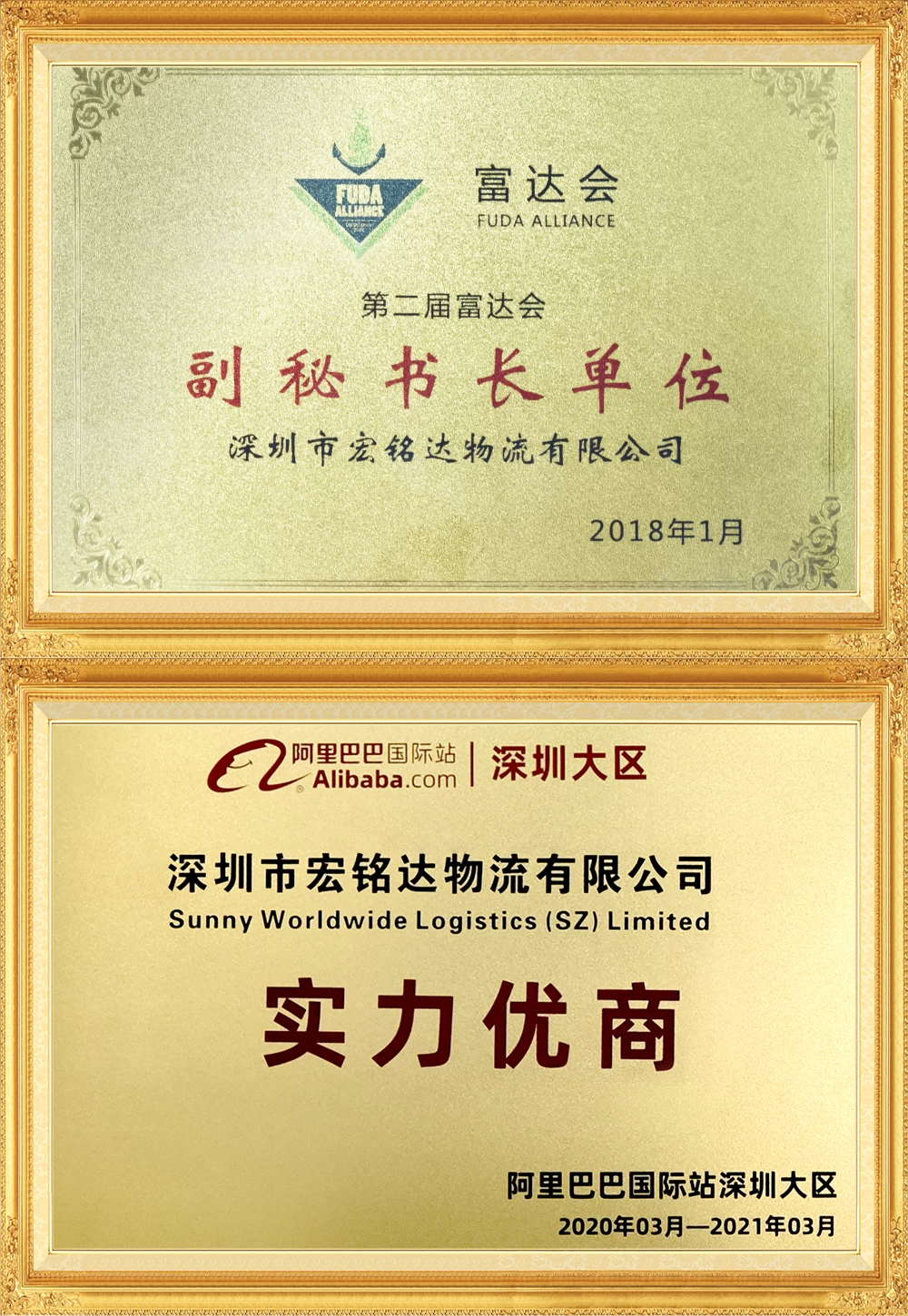From December 14th! China-Australia customs AEO mutual recognition officially implemented
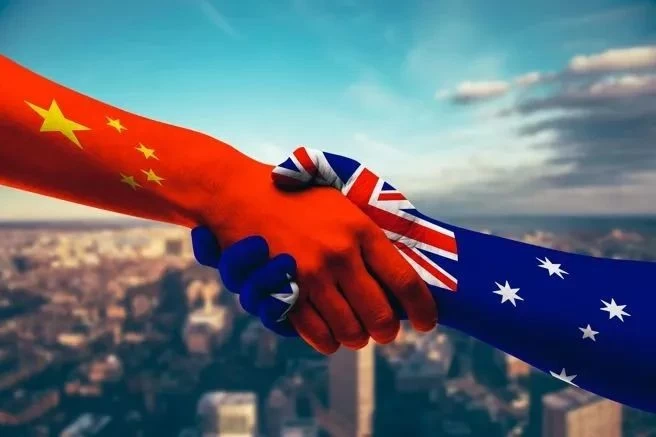
On December 11, according to the website of the General Administration of Customs, in November 2017, the customs of China and Australia officially signed the "General Administration of Customs of the People's Republic of China and the Australian Immigration and Border Protection Agency and the Border Enforcement Agency on the Credit Management of Chinese Customs Enterprises" System and the Australian Trustworthy Trader Scheme Mutual Recognition Arrangement" (hereinafter referred to as the "Mutual Recognition Arrangement"), decided to be officially implemented from December 14, 2023.
The relevant matters are hereby announced as follows:
1. According to the provisions of the "Mutual Recognition Arrangement", China and Australia mutually recognize each other's "Authorized Economic Operators" (AEOs for short) and provide customs clearance convenience for goods imported from each other's AEO companies.
Among them, Australian Customs recognizes China Customs Advanced Certification Enterprises as mutually recognized AEO enterprises, and China Customs recognizes enterprises certified by the Australian Customs Integrity Trader Program as mutually recognized AEO enterprises.
2. When customs clearance of imported goods, the customs authorities of China and Australia will provide each other’s AEO enterprises with the following customs clearance facilitation measures:
Speed up customs clearance by reducing document review and physical inspection;
Priority will be given to goods requiring physical inspection;
When conducting risk assessments, the AEO enterprise qualifications will be considered;
Designate a customs liaison officer to be responsible for communicating and handling problems encountered by AEO companies during customs clearance;
Committed to providing fast customs clearance after international trade is interrupted and resumed.

3. When Chinese AEO companies export goods to Australia, they need to inform the Australian importer of the AEO code (AEOCN + the 10-digit company code registered and filed with China Customs, such as AEOCN1234567890), who will declare it in accordance with Australian Customs regulations, and the Australian Customs will confirm that China Customs AEO enterprise status and provide relevant facilitation measures.
4. When Chinese companies import goods from Australian AEO companies, they need to enter the "Overseas Shipper Code" column in the "Overseas Shipper" column of the import declaration and the "Shipper AEO" in the water and air freight manifest. Fill in the Australian AEO enterprise code in the "Enterprise Code" column.
The filling method is: "Country code (AU) + AEO enterprise code (11 digits)", for example "AU12345678910". China Customs confirms the identity of Australian AEO companies and provides relevant facilitation measures.

"Authorized Economic Operator" (AEO for short) is advocated by the World Customs Organization, which certifies enterprises with high credit status, law compliance and level through customs, and provides preferential customs clearance facilities to enterprises that pass the certification. A system.
Enterprises that have passed the certification can enjoy customs clearance facilities provided by countries (regions) and economies that implement AEO mutual recognition with my country. They can also enjoy preferential measures such as lowering the average inspection rate, giving priority to customs procedures, and setting up coordinators for enterprises by the customs.
At present, my country has signed AEO mutual recognition agreements with 26 economies including Singapore and the European Union, covering 52 countries (regions). Among them, the number of countries co-building the "Belt and Road" has increased to 35. The number of mutual recognition agreements signed and the number of mutual recognition countries ( regions) ranks first in the world.


